
If you’re an adventurer at heart, this one belongs on the bucket list. There are the kind of holidays you take just to break the grind—but then there are experiences that hit you right in the soul. The Golden Triangle Tour of India falls in the second category. It’s not a journey, but an experience that lingers long after the trip ends.
With Delhi, Agra, and Jaipur in its ambit, it interlaces history and contemporary life in a blur of color, noise, and experiences that leave an indelible mark. One minute you’re strolling through a Mughal palace, and the next, you’re at a pungent spice market haggling over silk scarves, or sipping chai while gazing out over a palace. It’s loud, it’s colorful, it’s a little bit erratic—and yet, somehow, exactly what makes it unforgettable.
You will behold the gleaming Taj Mahal in morning sunlight, walk amid pink sandstone palaces in Jaipur, and get lost along the back streets of Delhi, where history murmurs on every crumbling façade. And in between, of course, there’s street food to try, people to meet, and tales to gather.
This 3 Nights 4 Days Golden Triangle Tour is your portal to the soul of India’s culture. If you’re an architecture lover, a history buff, or simply a wanderer who just yearns to experience something new, this trip has all bases covered. Take along your camera, your curiosity, and a good pair of shoes. Because what comes next is nothing short of an adventure.
Delhi: Where The Old Meets The New In A Noisy, Vibrant Embrace
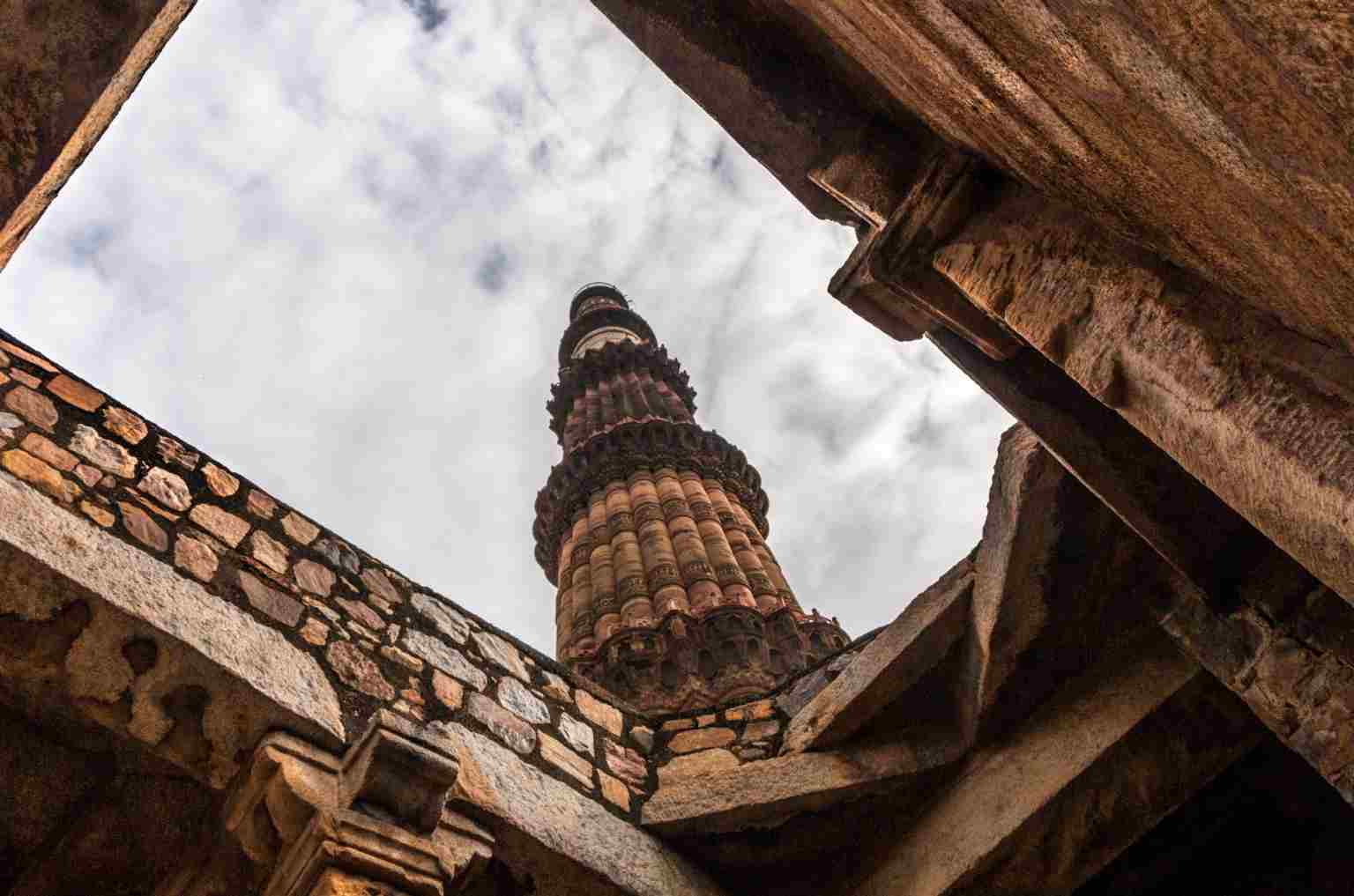
Delhi’s a whirlwind of a city—big, colorful, and throbbing with life. As the capital, it’s typically the starting point on the 3 nights 4 days Golden Triangle tour. Mughal-era grandeur, British buildings, and jammed streets packed with color and noise all exist side by side. Take one corner and you’re standing in front of a thousand-year-old tomb; take the next corner and it’s all street food stalls and screeching horns. It’s unpredictable, captivating, and the ideal place to start the journey.
The city doubles as two worlds. Old Delhi throbs to its beat. The heart of the Mughal Empire, it’s now a warren of crowded alleys where history clings to every worn-out brick. The Red Fort stands with quiet strength, its red sandstone ablaze in the sunlight. Nearby, the smell of sizzling kebabs wafts through the air in Chandni Chowk, one of the city’s oldest and most crowded markets. Jama Masjid looms over it all, regal and calm amid the commotion. Cycle rickshaws weave through dense crowds, and every corner unleashes noise, color, and the unmistakable beat of life in full swing.
New Delhi, on the other hand, is big, green, and grand—British-planned with wide boulevards, stately buildings, and roundabouts. Here you spot India Gate, Rashtrapati Bhavan, and Connaught Place, all hinting at the modern spirit of the capital. Humayun’s Tomb can’t be bypassed—an architectural wonder which had a role in the design of the Taj Mahal. You shouldn’t miss the stunning 73-metre-high 12th-century tower of the Qutub Minar.
What makes Delhi unforgettable is the co-existence of all of these worlds. History abutting hipster cafes, temples sandwiched between tech parks, and amid the mayhem, the city never feels lifeless. It’s intense, it’s overwhelming, and yet completely enchanting. A city that isn’t offered to you—you need to experience it.
Agra: Love, History, And Much More Than The Taj Mahal Alone
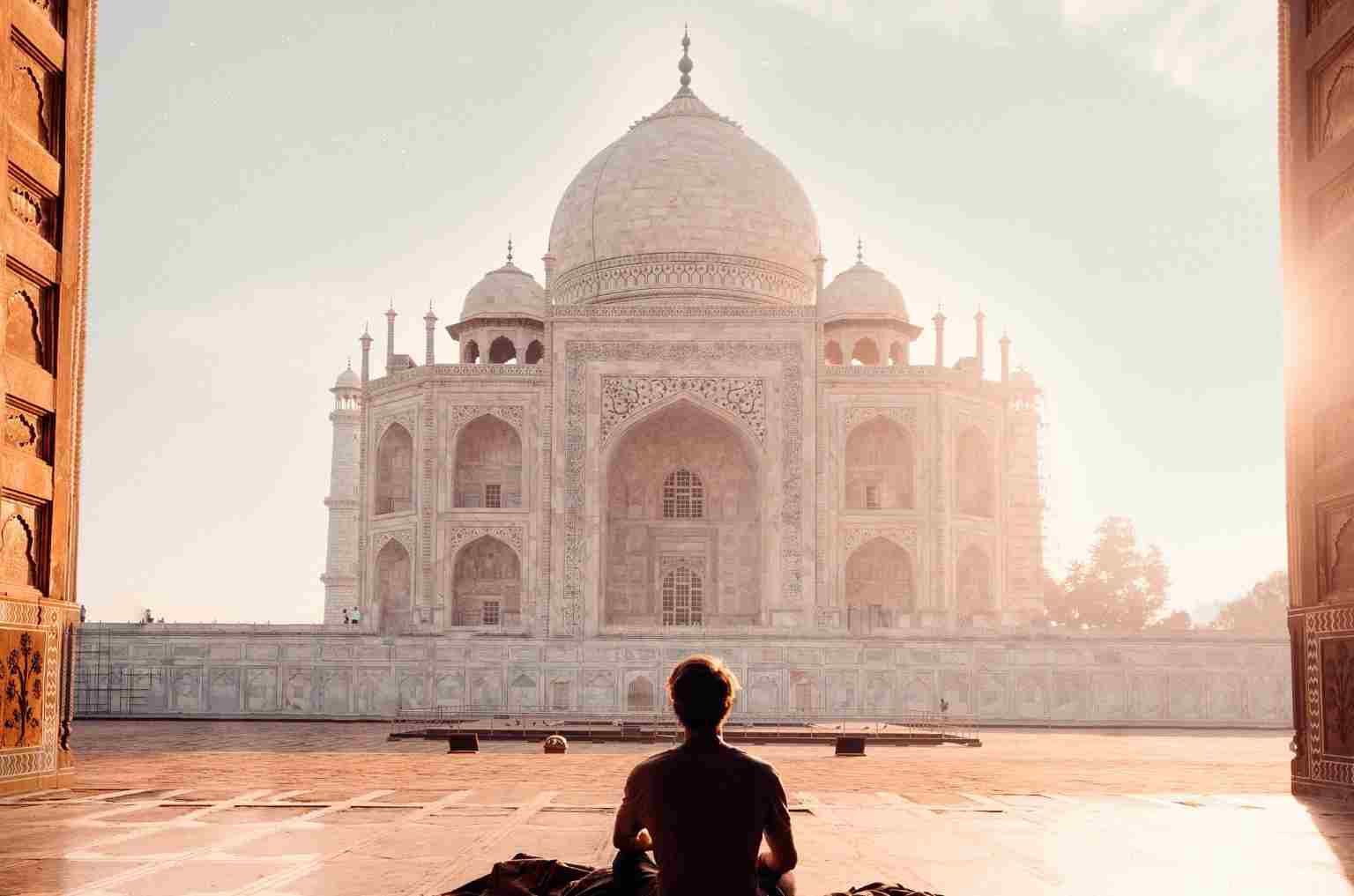
Agra tends to be reduced to a single word—Taj. And while the Taj Mahal lives up to all the hype, the city has far more to offer. The erstwhile center of the Mughal domain, Agra stretches along the Yamuna River, surrounded by hundreds of years of history and architectural splendor.
Let’s start with the most obvious. The Taj Mahal stands for the unspoken symbol of the elusive concept of love. It’s surreal to behold it at dawn when it takes in the soft pink hue of the morning. Apart from the iconic Taj, Agra Fort, Mehtab Bagh, and Itmad-ud-Daulah hold a discreet magic of their own.
Agra, however, is not a one-monument wonder. Just 2.5 km away stands the Agra Fort, another listed site, which speaks of power, treachery, and magnificence. This red sandstone fort was a military outpost as well as a palace for royalty. Within it lie marble palaces, audience halls, and even the tower where the emperor Shah Jahan was incarcerated by his son, with a glimpse of the Taj across the river.
Also visit the Tomb of Itimad-ud-Daulah, referred to as the “Baby Taj.” It’s smaller, yet equally ornate, and it was the first all-marble tomb built in India.
Agra’s appeal stretches beyond the monuments. Stroll through the crowded bazaars and discover local gems—intricate marble handicrafts, leather goods, and the renowned “petha,” a sweet, syrupy confection which has been an intrinsic part of the city’s fabric for generations. It’s the unassuming local flavors that inject life into Agra.
Jaipur: The Pink City Of Palaces, Colors, And Culture
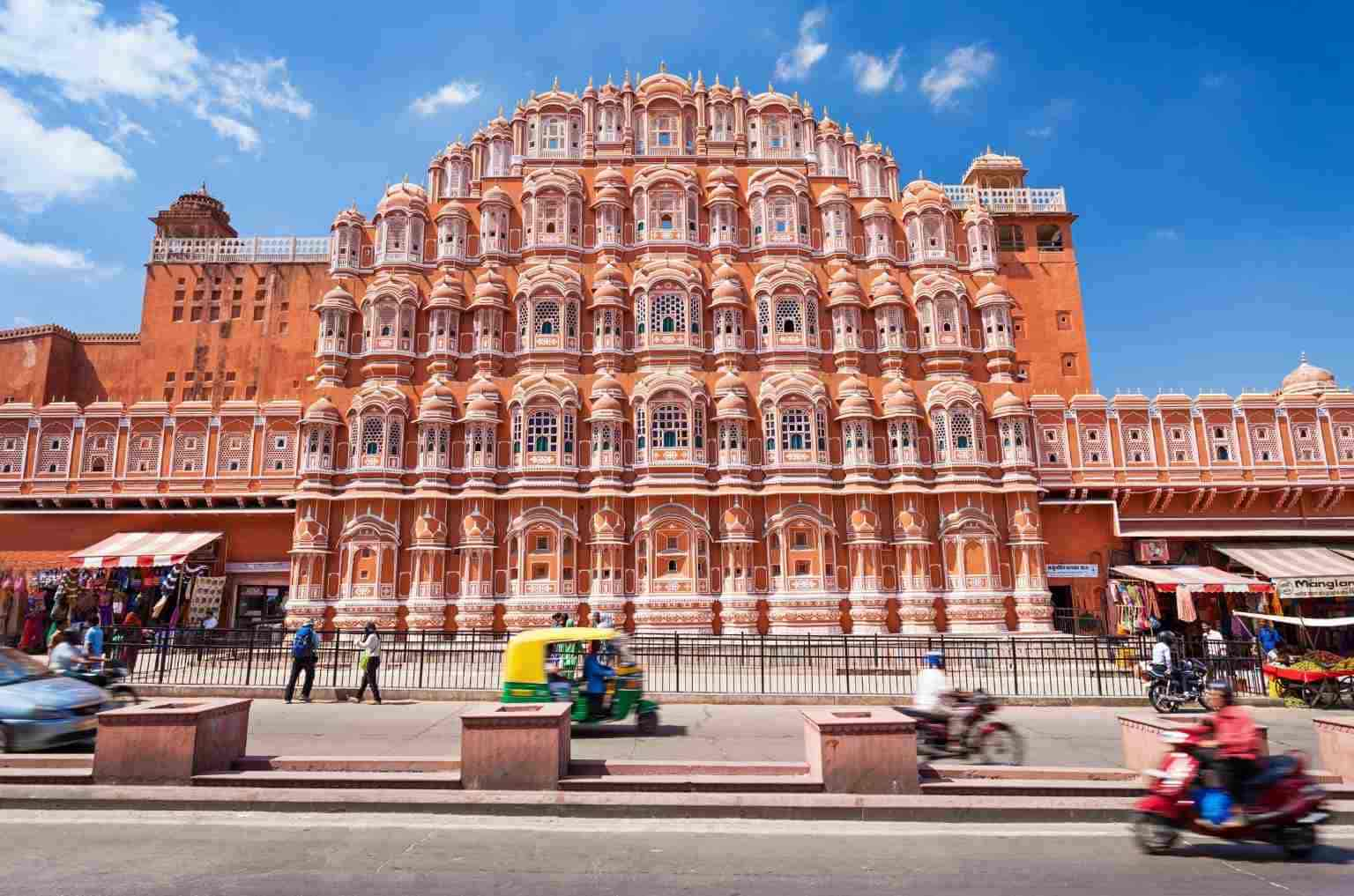
Now to Jaipur—vibrant, vivid, and wonderfully hectic. Dubbed the Pink City, it acquired its rose color back in 1876 when the streets were painted pink to give a warm welcome to the Prince of Wales. The color remained, and so did the city’s inescapable charm.
We begin at Amber Fort, standing out of the hills as if out of a fantasy. Inside, it’s all grand courtyard, mirror-tiled halls, and carved stone motifs telling stories of royalty far past. And then, of course, there’s Jal Mahal, floating serenely in the center of Man Sagar Lake, almost too lovely to exist.
And, of course, the Hawa Mahal. It’s Jaipur’s postcard—its 953 little windows form a coral-colored facade that looks like lace carved in stone. Jaipur isn’t all about seeing, however—it’s about feeling. Each corner vibrates with color, sound, smell, and history.
How To Access The Golden Triangle
The Golden Triangle tour usually starts and ends in Delhi—and understandably so. Delhi’s Indira Gandhi International Airport is one of the country’s busiest and exceptionally well-connected, with frequent international flights landing from all over the world. Delhi provides the most convenient gateway into India for most visitors.
The enchantment begins after you reach Delhi. The round trip from Delhi to Agra to Jaipur and back traverses a total of 720 km. It may seem a lot, but it’s not too much to handle with a little planning. If you are the type who prefers organized traveling but finds the nitty-gritties a bother, then group tours are the best option. Most tour operators organize 3 nights 4 days Golden Triangle tour packages, which will take care of your stay, traveling, and sightseeing.
Best Time To Visit The Golden Triangle
If you’re thinking of a Golden Triangle trip, make it October to March—that’s when the best of North India comes alive. The climate’s better, the skies are blue, and strolling through ancient forts or crowded markets feels pleasant. The most sought-after window is November to February, but you can skip the crowds in October or March. Believe it, the summer in these parts isn’t a laughing matter, and monsoons enjoy playing a party trick. So, pack a light jacket, carry a camera, and discover when the atmosphere (and the temperature) feels perfect.
What To Bring On The Golden Triangle Tour
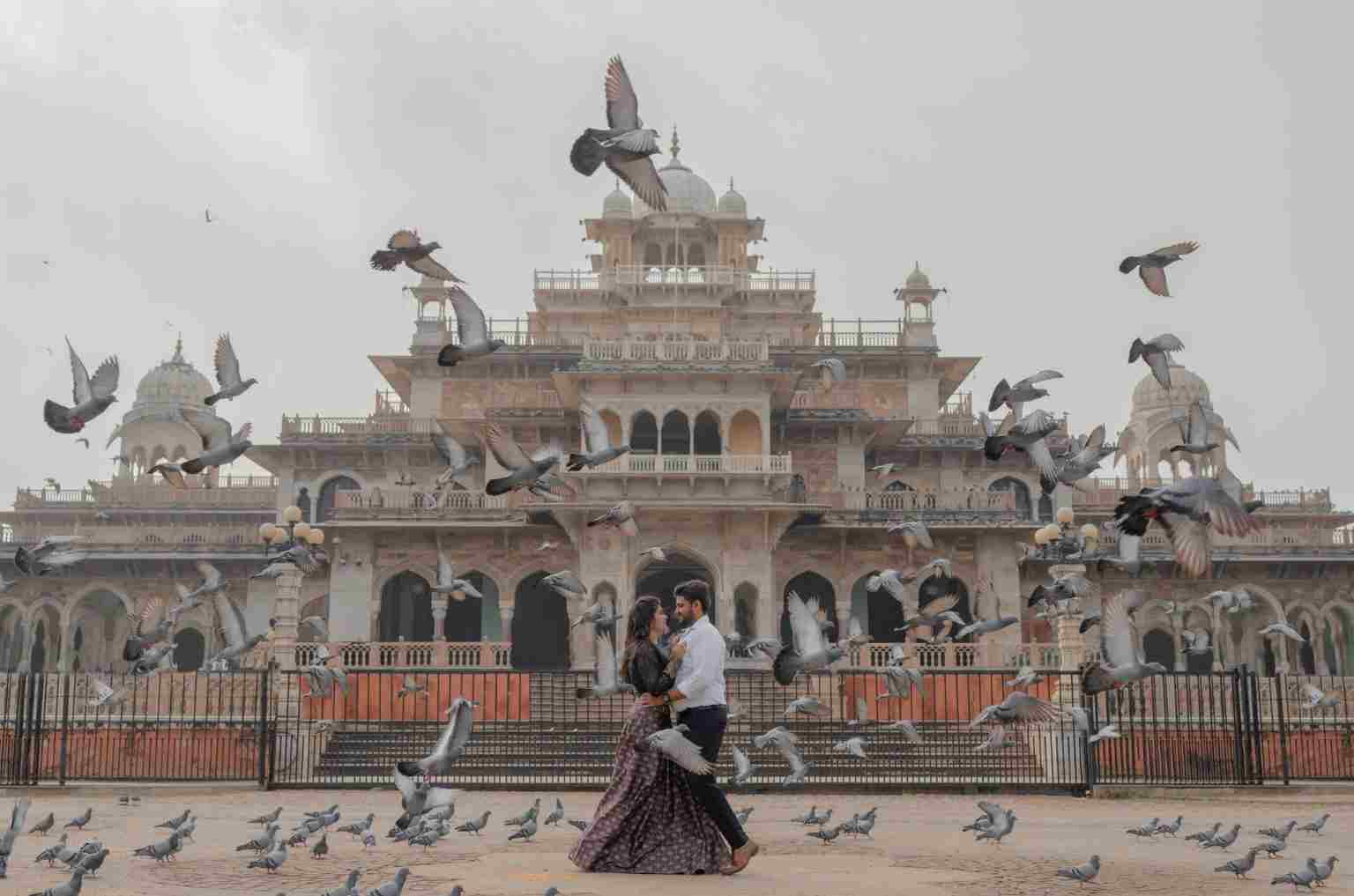
Packing for India can be a jigsaw puzzle, particularly for beginners. The days are generally hot, but the evenings and morning hours—especially the cooler winter months—may be chilly. Layering becomes your best companion. Take a few thin sweaters or a jacket, a shawl or a scarf for the nights, and comfortable clothes for walking during the day.
Walking shoes are a must. You’ll spend considerable time on foot, walking along the palaces, going up and down the forts’ stairs, and through the bazaars. You might want to leave that fashionable but uncomfortable shoes in the closet.
Modesty also plays a role, of course, at places of worship, such as temples and mosques. You may wear a skirt or trousers and tops that fall over the shoulders. You should not wear shorts while visiting holy sites. It’s a good idea to bring a thin scarf or a dupatta—it can be wrapped over the head, the shoulders, or just carried as a dust and sun shield.
Traditional dress, such as a salwar kameez, isn’t only fitting, but it’s super comfortable too and blends right in. It’s a nice cultural tribute, too, if you want to get a little deeper into it.
How To Get Around: Between The Cities
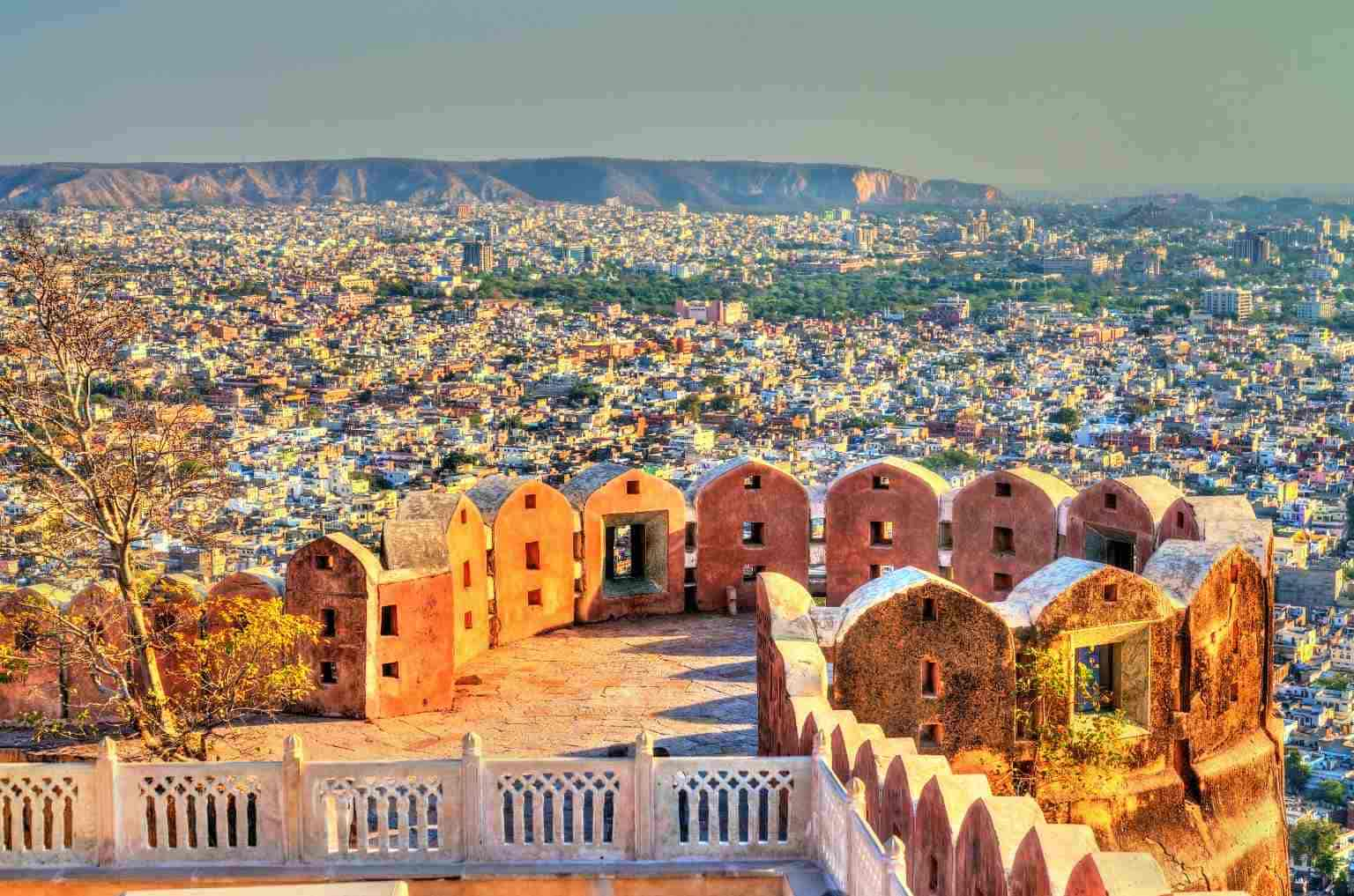
Part of the fun is traveling from city to city in the 3 nights 4 days Golden Triangle tour. You’ve got some good choices, really, based on what you’re comfortable with and how you’d rather travel.
1. Guided Group Tours
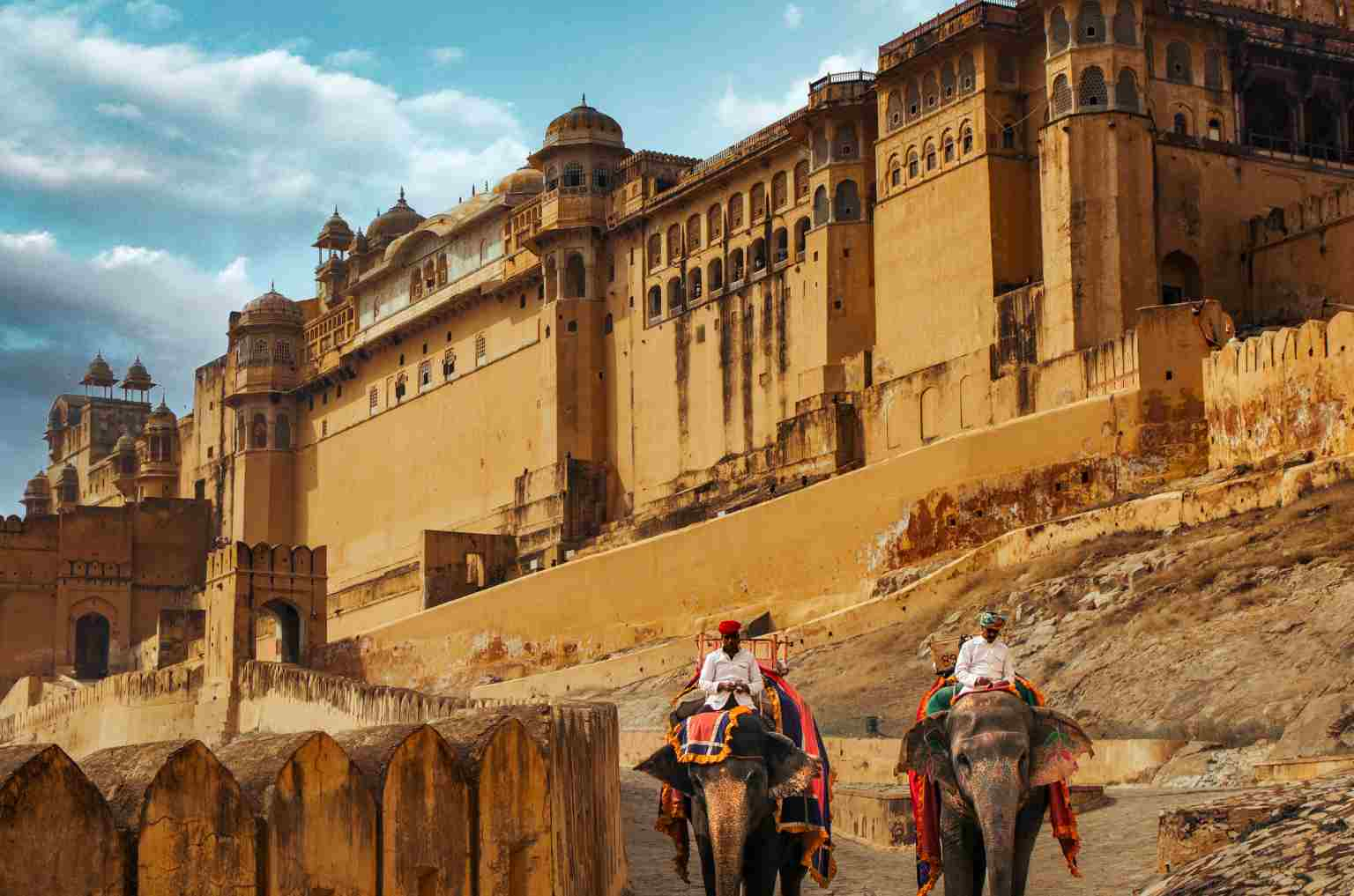
Perfect for first-time visitors to India or those seeking a stress-free experience. These tours organize your accommodation, transport, and large-scale sightseeing. Numerous agencies provide quality Golden Triangle packages covering both the structure and a little bit of time to wander around on one’s own.
2. Private Car With Driver
This is the most flexible choice hands-down. It’s cheaper than what you’d expect, and a perfect choice while traveling as a couple or small group. Having a driver at your disposal allows you to be in charge of the itinerary, to stop to take some photographs, grab a snack, or shop, and makes the intercity driving far less stressful.
Travel agencies usually collaborate with trustworthy car rental companies. If you’re booking, verify a few basics:
- Functioning seatbelts for every passenger
- Operational air conditioning
- Sufficient trunk space to accommodate your bags
- Alternative to an SUV for added leg space on longer journeys.
3. Trains And Buses
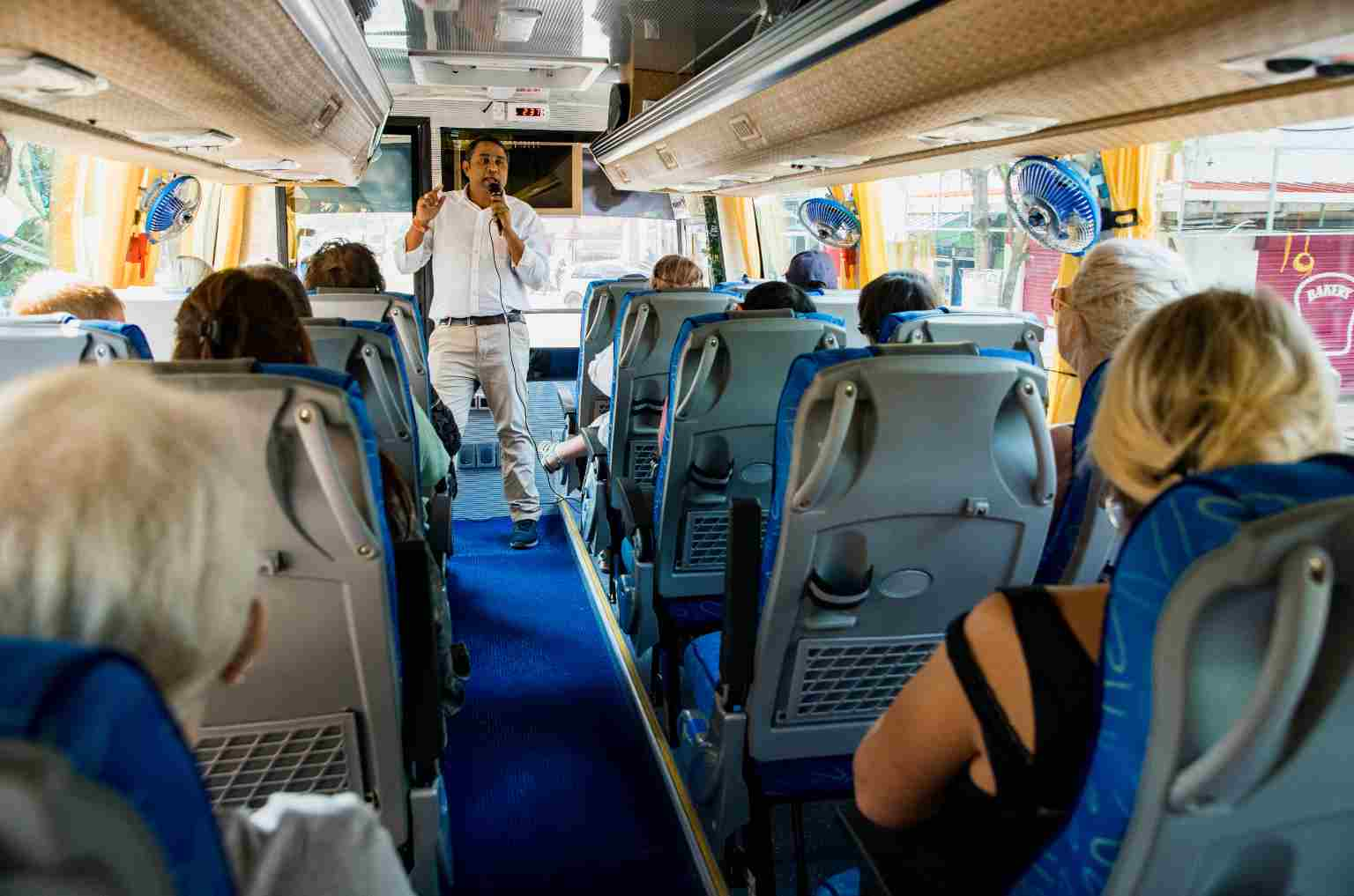
If you prefer to tackle the local systems and are on a tighter budget, trains connect all three cities pretty comprehensively. India has a very large network of trains, but the first-time visitor might find it a bit intimidating. Booking and taking higher classes, such as AC Chair Car or AC 2-Tier, would be advisable.
Practical Tips For The Golden Triangle Tour
- Stay Hydrated: The Indian sun can be intense, so always carry a water bottle.
- Sunscreen And Sunglasses: Don’t underestimate the UV. The sun becomes as harsh as ever, even in winter.
- Mind Your Belongings: As with every major tourist spot, keep things close to you. Carry a crossbody bag or a money belt, particularly in crowded places.
- Offline Maps: Connectivity can be unreliable in certain areas. Offline guides and apps like Google Maps can be a godsend.
- Cash Remains King: Although electronic payments are becoming increasingly widespread in India, smaller vendors favor cash. Have some small bills on hand for street food, shopping at local markets, or tips.
- Try The Street Food—but wisely: Stick to crowded stalls where meals are freshly prepared. Take some probiotics or antacids along in case your stomach takes some time to acclimate.
- Respect Local Traditions: Take off shoes when visiting temples or mosques. Cover the head when necessary, and refrain from public displays of affection.
How To Travel Along The Golden Triangle Tour Cities
The allure of the Golden Triangle isn’t merely in its history, but in the ease with which the trip passes from one city to the next. The path—Delhi to Agra to Jaipur and back—is a beaten path, and it’s one that India Wonderland makes effortless for its visitors.
When you book the 3 nights 4 days Golden Triangle tour with us, all the pieces are taken care of. From the comfortable, air-conditioned transport between cities to expert local guides and carefully planned sightseeing stops, we take care of it all—you just relax. No train tickets to arrange. No itineraries to plan. You simply sit back, relax, and enjoy the journey.
Related Post : Unearth The Hidden Gems Along The Golden Triangle Beyond The Mainstream Attractions





